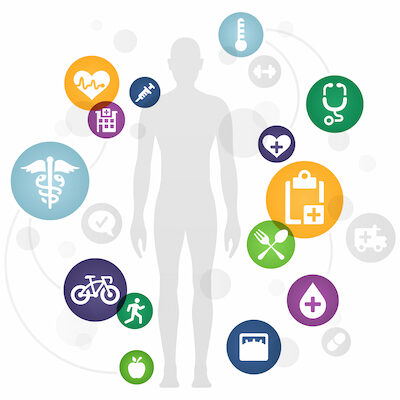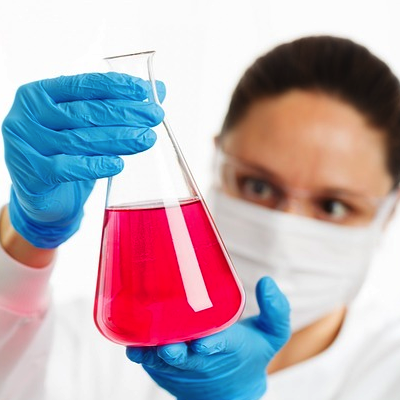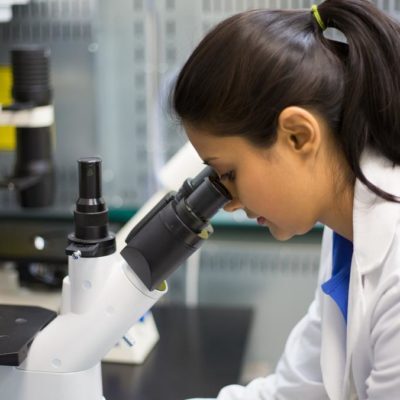Medical Devices Lifecycle
Medical Devices Lifecycle
Medical devices refer to instruments, apparatus, implants, machines, software, or other similar articles used for medical purposes, including the diagnosis, prevention, monitoring, treatment, or alleviation of disease. These devices can be used for various purposes such as supporting or sustaining life, providing information for medical decision-making, or aiding in the management of medical conditions.
The lifecycle of a medical device typically involves several stages, including:
- Research and Development: This stage involves conceptualizing and designing the medical device, conducting feasibility studies, and developing prototypes. It also includes testing and refining the device to ensure its safety and efficacy.
- Regulatory Approval: Medical devices usually require regulatory approval before they can be marketed and sold. The specific requirements vary across countries, but they typically involve submitting an application to the regulatory authority and providing evidence of the device’s safety and performance.
- Manufacturing: Once regulatory approval is obtained, the medical device enters the manufacturing phase. This involves setting up production facilities, sourcing raw materials, and manufacturing the device according to the approved specifications and quality standards.
- Quality Control and Assurance: Throughout the manufacturing process, quality control measures are implemented to ensure that the devices meet the required standards. This involves inspections, testing, and adherence to quality management systems to maintain consistency and reliability.
- Marketing and Distribution: After the devices are manufactured and quality-checked, they are ready for marketing and distribution. Companies may employ various strategies to promote their devices, including sales representatives, marketing campaigns, and partnerships with healthcare providers or distributors.
- Post-Market Surveillance: Once the device is in use, post-market surveillance is conducted to monitor its performance and safety in real-world settings. This involves collecting and analyzing data on adverse events, conducting post-market studies, and addressing any reported issues.
- Maintenance and Support: Medical devices often require ongoing maintenance, calibration, or updates to ensure their proper functioning. Manufacturers provide support services, such as technical assistance and training, to healthcare professionals and end-users.
- Disposal and End-of-Life: When a medical device reaches the end of its useful life or becomes obsolete, appropriate disposal methods should be followed. These may involve recycling, reprocessing, or safe disposal to minimize environmental impact and comply with regulations.
Throughout the lifecycle, it is essential for manufacturers and regulatory authorities to prioritize patient safety, maintain product quality, and ensure compliance with relevant standards and regulations governing medical devices
You may be interested in the programs below:



